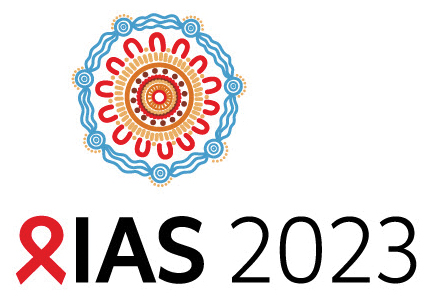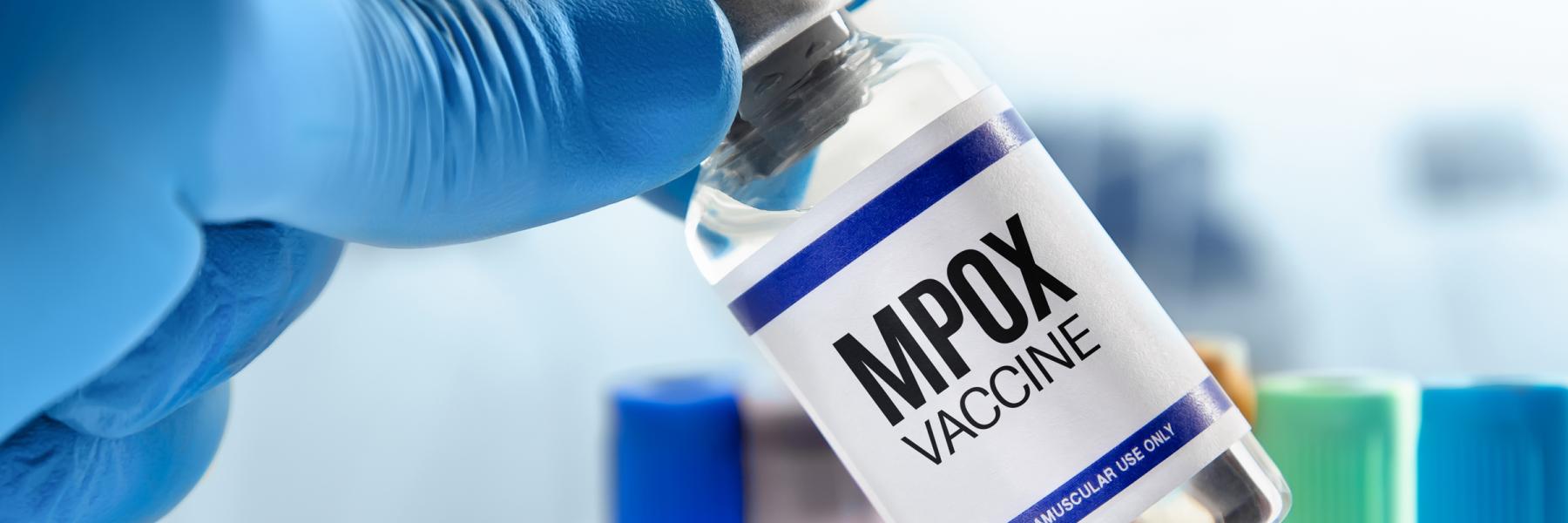A little over a year ago, cases of mpox (previously called monkeypox) were showing up in queer communities in North America and Europe with many questions and few answers. No one knew exactly how severe the outbreaks—soon to be called a public health emergency of international concern—could get, nor how communities should respond to reduce harm. Panelists at a session at IAS 2023 shared their experiences of responding to the crisis in New York City and possible lessons for future outbreaks of sexually-transmitted diseases.

Keletso Makofane, MPH, PhD, a public health researcher at Harvard University’s T.H. Chan School of Public Health, told the audience he was watching Twitter in the spring of 2022 and becoming alarmed about a growing number of outbreaks of mpox in Europe. “We were on the verge of Pride in New York, and I was worried it would arrive soon in the U.S., with ineffective systems for testing and not enough vaccines.” Makofane co-wrote an op-ed in the New York Times, saying key populations should act quickly with care and without spreading fear; but he also understood that community activists needed to respond quickly and strategically, and not wait for public health to lead the effort (though public health did play a crucial role in disseminating vaccinations).
“We set out to know the need for vaccines, when there was a limited stock,” Makofane said. “If you can only provide it for a fixed number of people, who would those be?”
The growing group of mpox “first responders” needed a name and a non-stigmatizing message aimed at the most vulnerable as well as at the general public. “There had to be a public conversation about group sex without hysteria.” The name MPX NYC was chosen and a marketing agency was identified to create visually coherent messaging. But this growing group of mpox responders also needed money, recruitment and community consultation to get data on who needed outreach.
The nascent campaign also emphasized harm reduction—without stigma—because it was initially uncertain whether everyone who needed a shot would be able to get it—even if data could quickly be compiled to determine which neighborhoods were most likely to be impacted.
“There was talk about breaking up one [mpox] vaccine dose into fifths,” recalled Jenifer Barnes-Balenciaga, a member of the NYC Commission on Gender Equity, who came on board early in the summer of 2022. Barnes-Balenciaga helped the group reach everyone who was vulnerable, including queer New Yorkers of color and people who identified as trans, with inclusive messaging.
Within a few weeks an MPX NYC website was built, in English and Spanish, with the goal of gathering information about who was being impacted by mpox, where they lived and where they gathered for sex. There was a series of community-led weekly meetings on Zoom and a shared Google doc to capture what was discussed. Dr. Demetre Daskalakis, deputy coordinator of the White House National Monkeypox Response Team, was also involved. “We wanted everyone on the same page regarding empowerment and harm reduction so that we could move forward,” Barnes-Balenciaga said.
One result of the weekly conversations was getting useful criticism about the lack of clear messaging and information that was not stigmatizing to gay men and trans women, Makofane said.
To reduce stigma and make the website more accessible, emojis were used. They were seen as a humorous way to talk about sex without triggering negative reactions or giving the impression that sex itself—and who is having what kind of sex—was the problem.
“Sex positivity was a huge factor in the work we were doing,” Barnes-Balenciaga said.
Meeting (and finding) people where they live and gather
Out of approximately 1,500 respondents to an online survey, 40 percent said they had group sex in the past four weeks and, importantly, they shared where they had sex. “We measured geographically where people were gathering, all anonymously, and got a total of 700 places,” Makofane said. Their insights proved valuable in targeting where to focus efforts. What they learned:
- Most group sex, 60 percent, took place in private residences, meaning that interventions couldn’t focus only on public places like sex clubs.
- Queer and trans people’s homes were in certain parts of the city, but subgroups (e.g., Black, Latinx) did not cluster in the same places.
- Some communities were popular destinations across subgroups.
With this understanding, interventions could be set up in the most frequented communities, two or three neighborhoods at most. “If you use the venues as well as the places where people live, you can reach the same proportion of people in fewer communities,” Makofane said. “It’s a more effective way to work with limited resources.”
MPX NYC has implications for public health broadly, said panelist Ken Mayer, medical research director of the Fenway Institute, in Boston. “It was a nimble response,” he said. It was especially important that MPX NYC used anonymous spatial and network measurements to understand the physical locations, he said. “Using census track data, by neighborhood, is effective in learning the hot spots where people hang out, party and play.”
Makofane said that because the team was able to share data and provide policy recommendations to public health quickly and on a tiny budget, “there’s no excuse for bigger agencies not to do this quickly too.”
Larry Buhl is a multimedia journalist based in Los Angeles. He has covered HIV/AIDS and other infectious diseases for more than two decades. In addition to POSITIVELY AWARE, he is a regular contributor to TheBody.com, Everyday Health and capitalandmain.com. His work has appeared in USA Today, Salon, Undark, KQED, the New York Times and others.


